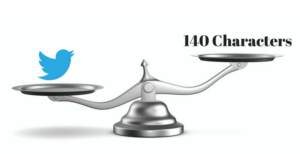 Despite incredible advances in technology, the development of messaging during a crisis still feels like it is done on the fly. We look at our key audiences (such as customers, employees or the general public) and then try to put ourselves in their shoes. What do they want to hear from our company during this crisis? What do we surmise they are thinking about us? We put on our mind-reading helmets to attempt to sympathize and empathize because that’s how we were trained. Researchers at the University of Missouri just completed a study which suggests that there might be a better mousetrap. And, yes, it has to do with social media and how your reputation is determined online.
Despite incredible advances in technology, the development of messaging during a crisis still feels like it is done on the fly. We look at our key audiences (such as customers, employees or the general public) and then try to put ourselves in their shoes. What do they want to hear from our company during this crisis? What do we surmise they are thinking about us? We put on our mind-reading helmets to attempt to sympathize and empathize because that’s how we were trained. Researchers at the University of Missouri just completed a study which suggests that there might be a better mousetrap. And, yes, it has to do with social media and how your reputation is determined online.
Doctoral students Doug Wilbur and Dani Myers analyzed Twitter responses to a crisis and found that seemingly unorganized or semi-organized groups may actually develop organized positions toward a company in crisis. I know that sounds a bit odd and far-too-academic for my usual blog post, but here comes the example that tells the tale.
Wilbur and Myers looked at the NFL’s concussion issue, and then gauged the impact of last year’s movie “Concussion” starring Will Smith. They knew the movie would generate reactions from multiple audiences, and they decided to measure and analyze those reactions on Twitter.Read More